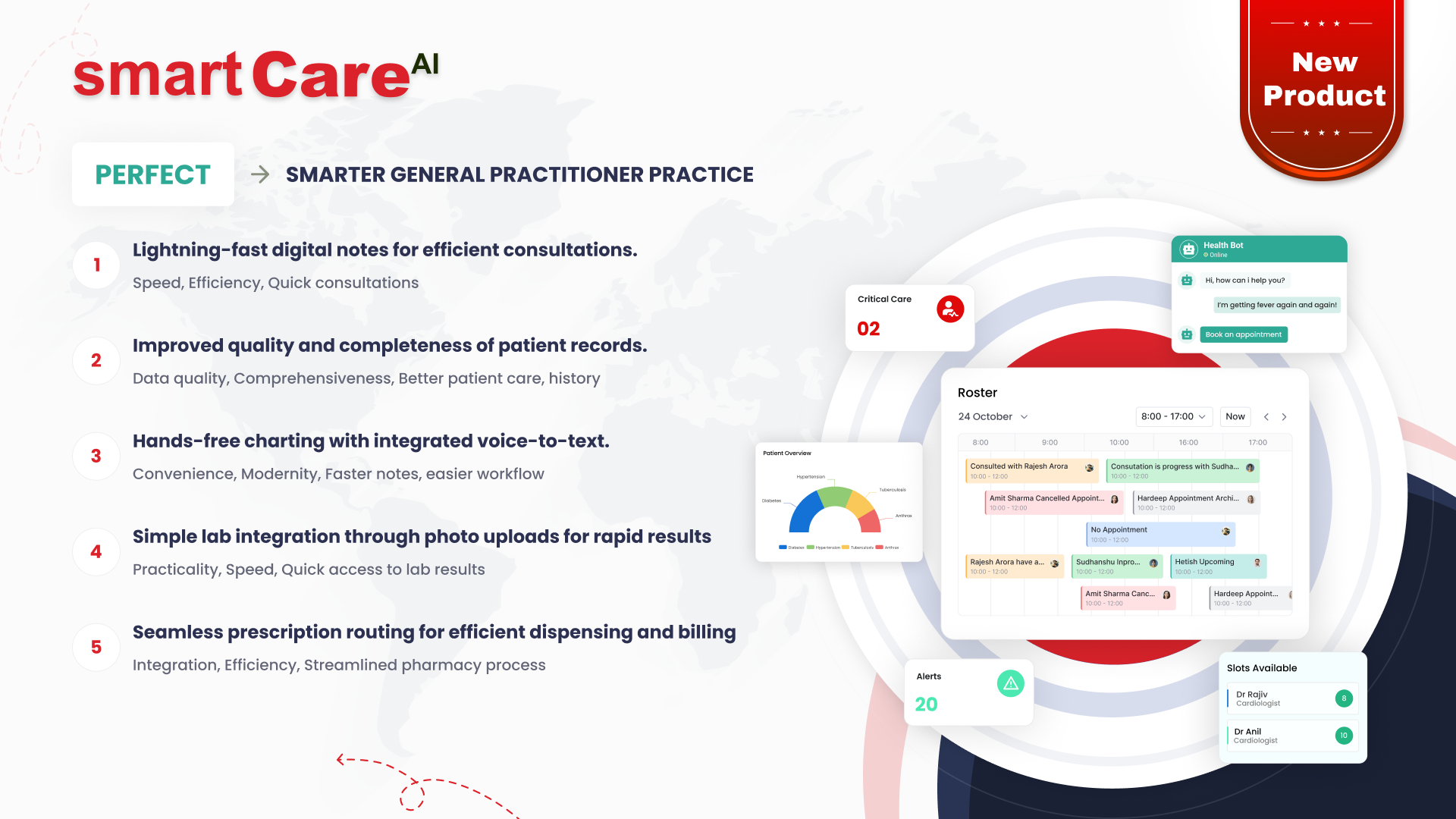
Posted On May 8, 2025
What Are the Compliance Challenges in Healthcare Software Development
Healthcare software development presents a unique set of challenges when it comes to compliance. Regulations and standards are constantly evolving, and healthcare providers must ensure their systems meet the necessary legal and ethical guidelines. These compliance challenges are crucial for protecting patient data, maintaining trust, and ensuring smooth operations. Here are five key compliance challenges that developers face in the healthcare sector.
Why Compliance Matters in Healthcare Software
Compliance in healthcare software is essential to safeguard sensitive patient data, ensure system reliability, and meet regulatory expectations. Regulations are put in place to protect the privacy and safety of patients, and non-compliance can result in hefty fines, loss of reputation, and legal consequences. Healthcare software needs to adhere to industry-specific rules such as HIPAA (Health Insurance Portability and Accountability Act) in the United States and GDPR (General Data Protection Regulation) in Europe to maintain data privacy and security.
Understanding Patient Data Protection Laws
A critical compliance challenge in healthcare software development is ensuring that patient data is protected. Laws such as HIPAA and GDPR outline specific requirements for how data should be stored, processed, and shared. Developers must integrate robust encryption techniques, data anonymisation, and user access control measures to comply with these laws. Non-compliance can lead to severe legal consequences and significant harm to patients.
Meeting HIPAA and GDPR Standards
HIPAA and GDPR are among the most prominent regulations for data protection in healthcare software. HIPAA focuses on protecting the privacy and security of patient data in the United States, while GDPR provides regulations for data processing and privacy for individuals within the European Union. Ensuring that healthcare software complies with these laws means addressing technical, administrative, and physical safeguards. This includes encryption, audit trails, and user authentication protocols to ensure patient data is only accessible by authorised individuals.
How to Handle Sensitive Health Information Securely
Handling sensitive health information securely is one of the biggest challenges in healthcare software development. Developers must design systems that follow the best practices for data encryption, backup, and recovery. They also need to ensure that data transmission across networks is secured to prevent unauthorised access. Regular testing and validation of the security measures are also necessary to identify vulnerabilities and prevent breaches.
The Role of Regular Audits and Documentation
Regular audits and documentation play a significant role in ensuring compliance in healthcare software development. Developers need to maintain comprehensive records of data access, security measures, and modifications to ensure accountability and transparency. Audits help identify areas of potential risk and ensure that software remains in line with regulatory requirements. Moreover, well-documented procedures allow organisations to demonstrate compliance to regulatory bodies when required.
Challenges in Keeping Up with Changing Regulations
Healthcare regulations don’t stand still. From HIPAA in the United States to GDPR in the EU, rules are regularly updated to address new risks and technologies. For software developers, this presents a moving target. What was compliant last year may no longer meet legal requirements today. Staying informed about regional laws, changes in data privacy standards, and updates in medical device classifications is a constant necessity.
The challenge lies in building flexible systems that can quickly adapt to these changes without extensive redevelopment or downtime.
Why Interoperability and Compliance Go Hand in Hand
Interoperability—where different systems share and understand data—is vital for modern healthcare. However, exchanging information between platforms adds layers of compliance responsibility. Each connection increases the potential for data breaches or mishandling of protected health information (PHI).
Developers must ensure that data exchange protocols meet stringent encryption, access control, and logging requirements. Aligning interoperability with compliance demands careful planning and secure APIs to prevent vulnerabilities.
Balancing Innovation with Legal Boundaries
Healthcare software developers often aim to push the boundaries of innovation—incorporating AI, machine learning, and mobile health tools. However, innovation must always be balanced with regulatory boundaries. Using predictive analytics or cloud storage introduces new compliance concerns such as algorithm transparency or third-party data hosting risks.
It’s a delicate balance: innovate too slowly, and you fall behind; move too fast, and you risk non-compliance. Finding that middle ground requires developers to work closely with legal and healthcare compliance experts throughout the development cycle.
Common Mistakes in Healthcare Software Compliance
Even experienced teams can fall into common compliance traps. Some of these include:
-
Storing data without encryption
-
Poor user access management
-
Lack of audit trails for patient interactions
-
Failing to get proper patient consent
-
Not updating privacy policies in line with new features
These oversights can lead to serious legal consequences, damage to brand trust, and financial penalties. Mitigating these risks involves ongoing training, regular audits, and involving compliance experts early in the development process.
Best Practices to Stay Ahead of Compliance Risks
To manage compliance challenges effectively, healthcare software teams should embed regulatory considerations into every stage of development. Best practices include:
-
Conducting a risk assessment early
-
Following a security-by-design approach
-
Using secure coding practices and regular code reviews
-
Maintaining clear documentation for audits
-
Keeping up with updates from regulatory bodies
Proactively addressing compliance reduces the chances of setbacks and builds a foundation of trust with users and stakeholders.
Conclusion
Compliance challenges in healthcare software development are significant, but necessary to ensure that sensitive patient data is protected and that systems meet regulatory requirements. By understanding the importance of compliance, addressing patient data protection laws, ensuring adherence to HIPAA and GDPR standards, securely handling health information, and conducting regular audits, developers can create secure and reliable healthcare software. Embracing these challenges will not only protect patients but also build trust and credibility in the healthcare sector.
For more insights into healthcare software development, visit smartdatainc.com
